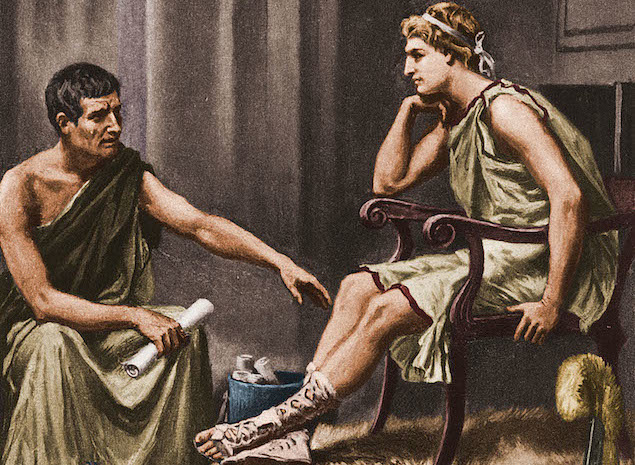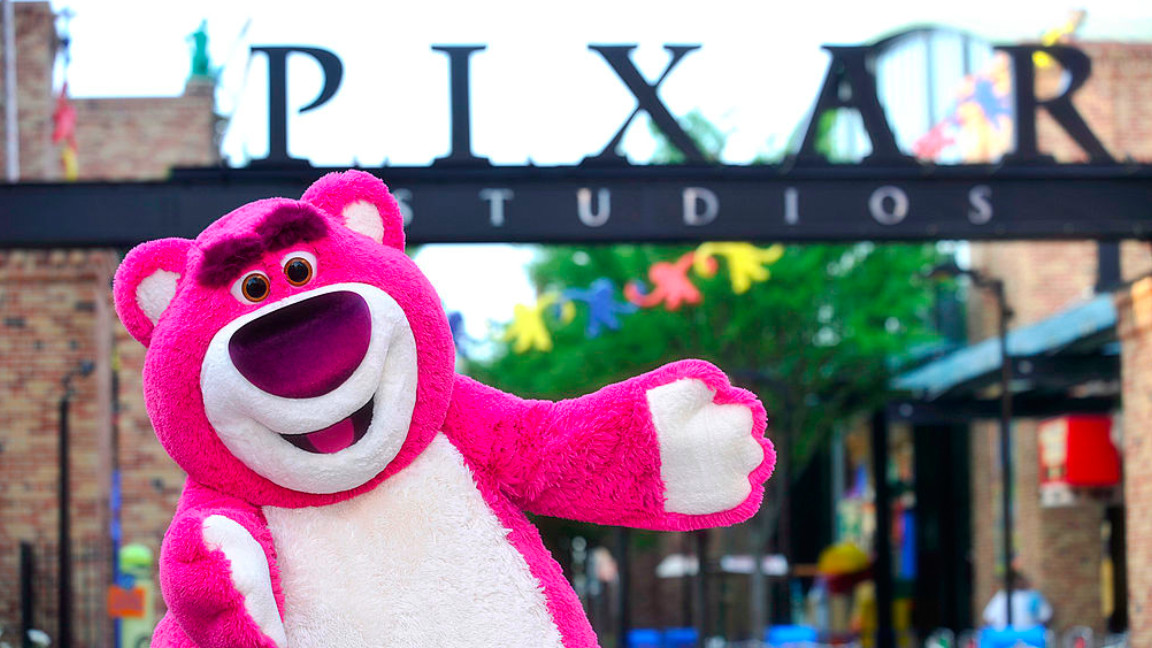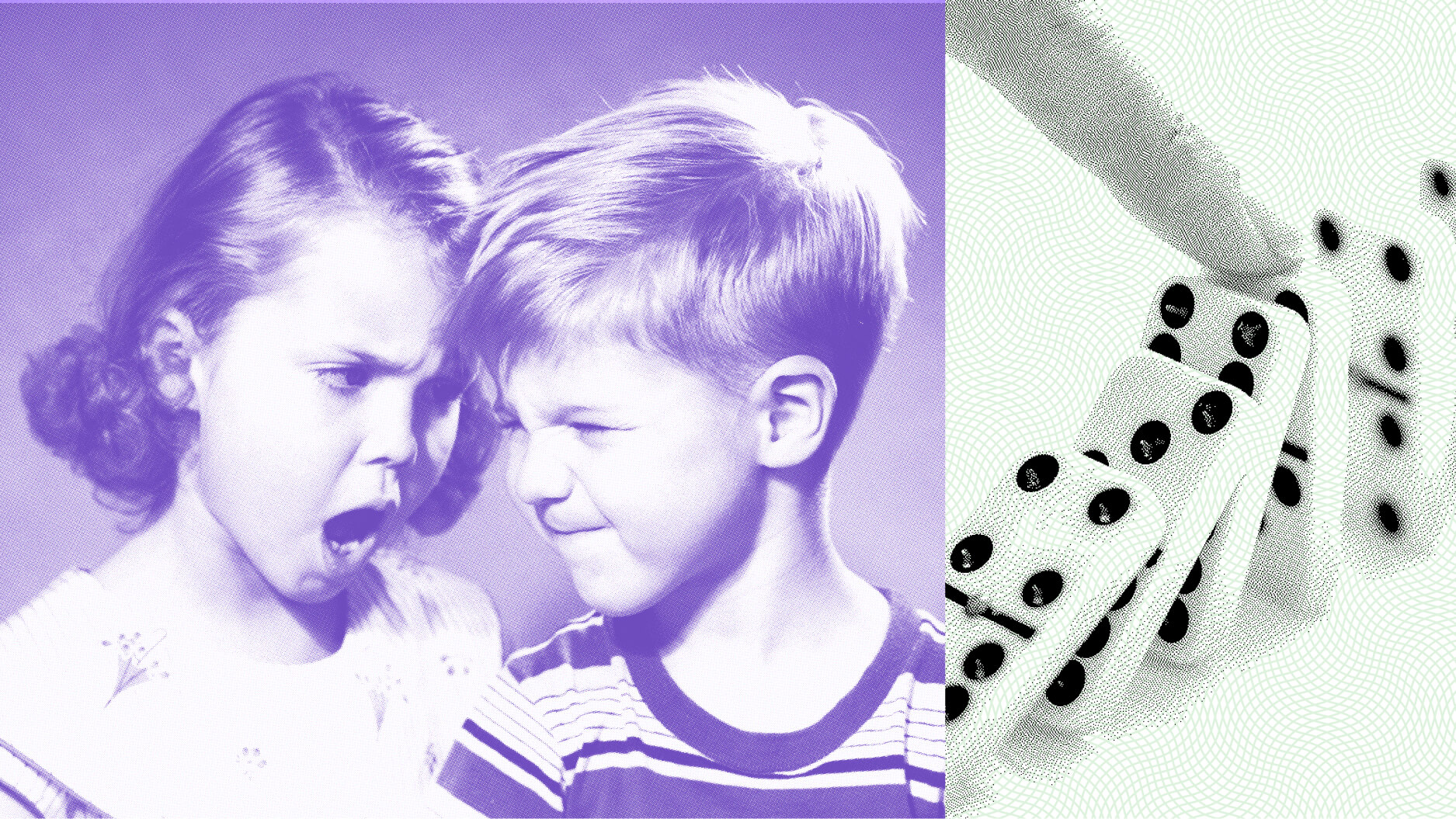Khan Academy’s founder on how AI can supercharge “mastery learning”

- Khan’s 2024 book Brave New Worlds discusses the potential of AI-powered education.
- Despite the threat large language models pose to his tutoring business, Khan cannot help but be optimistic about the future.
- Khan makes the case for how AI can make education more effective, entertaining, and immersive.
On New Year’s Day of 2023, Sal Kahn and his 11-year-old daughter Diya sat down to write a short story with ChatGPT. Diya came up with the premise and the protagonist: an influencer, named Samantha, stranded on a remote island. ChatGPT, assuming the role of Samantha, started telling Diya a little bit about herself. Then, the duo took turns building the story sentence by sentence.
Had this story been part of some school assignment, Diya’s teacher would probably have been upset with her — and for good reason. All around the world, educators are expressing concern over the increasing sophistication of large language models and the way that students are taking advantage of them.
Khan, the founder of the popular online learning platform Khan Academy, isn’t nearly as concerned. Sure, he thinks the aforementioned problems are serious and need to be addressed, but by and large he believes the long-term impact generative AI has on education will be positive rather than negative. Instead of worrying whether these homework-making, essay-writing, test-taking computer programs will make his internet tutoring service obsolete, he’s daydreaming of all the possible ways they can be used to make learning more exciting, immersive, and personable.
Khan’s thoughts on the future of ChatGPT — along with the fate of Samantha — are mapped out in his new book Brave New Words, published on May 14, 2024, by Random House. In the following interview, Khan explains what generative AI has in common with online learning, how he has incorporated ChatGPT into Khan Academy, and why companies like OpenAI perhaps shouldn’t be too open moving forward.
The birth of Khan Academy
The origin of Khan Academy goes back to when Sal agreed to help one of his cousins with their math homework. Living in a different time zone and working at a hedge fund, he would spend his off-hours putting together lesson plans, making short videos, and answering questions via text messages. The experiment proved a huge success, and once other family members began asking for private tutoring, Sal immediately started thinking bigger. His decision to put some of his lessons on YouTube wasn’t inspired by other online content creators (the year was 2006, and the video-sharing website was still in its infancy). Rather, he was inspired by MIT, which, on the principle that education should be free, had begun sharing videos of its lectures on its website as early as 2001.

“MIT really legitimized the idea of free, online learning,” he says over Zoom, taking a walk around his sunny California neighborhood. “I mean, the marginal cost of delivery is so low. Why would you withhold something like that from people in the first place?”
What started as a side project put together with a $20 microphone and an outdated version of Microsoft Paint quickly grew into a multinational operation. By 2009, he writes in Brave New Words, his channel was attracting over 50,000 learners a month, several hundreds of whom shared words of gratitude and encouragement in the comments. Today, Khan Academy is a registered nonprofit with more than 250 employees and 150 million learners distributed across 50 languages.
“I wasn’t the first YouTube educator,” he reflects. “However, I was one of the first education channels to reach 100 and even 1000 videos by the end of 2007. I also showed that even though those videos were all quite short — YouTube had a 10-minute limit at the time — they could be chained into something pretty comprehensive.”
Meet Khanmigo
Considering Khan has relied on new technology to shake up education once before, it’s maybe no wonder he is more excited about the possibilities of ChatGPT than he is afraid of them — an excitement he hopes to spread through his evocatively titled new book. Brave New Words is an obvious play on Brave New World, the 1931 dystopian novel by Aldous Huxley, though its outlook on mankind’s future couldn’t be more different.
“Most think we’re heading into a dystopian era because of AI, which may happen,” he says. “However, I make the argument that it’s not the flip of a coin, that the world could be dystopian or utopian depending on how we use AI. The word ‘bravery’ came up a lot during conversations with colleagues and publishers: we can stick our head in the sand, or we can get involved, implement guardrails. We should be informed and educated about the risks of AI, but we can’t be afraid.”
While evaluations have demonstrated Khan Academy’s efficacy as a learning tool — Khan says that students who rigorously watch their educational videos “gain one and a half to three years of learning in math per year” — the platform had its limitations. Online learners could not ask follow-up questions, for example, and assessments were limited to numeric entry or multiple choice, “even though certain topics could really benefit from more open-ended responses.”
Khan Academy’s newly launched AI-powered teaching assistant, Khanmigo (from the Spanish phrase “conmigo” or “with me”) aims to overcome these sorts of shortcomings. Available since March 2023 and built on ChatGPT’s code, Khanmigo can put together lesson plans, adjust its diction and tone of voice to suit individual preferences, teach various subjects at varying levels of difficulty, and nudge students in the right direction without giving them the answer to a question or problem.
Much of Khanmigo’s pedagogical approach — described in detail in the book — takes after Khan’s own tutoring style. If students going over math homework show a lack of interest, Khanmigo can apply that homework to things they are interested in, like sports. “Let’s say you are a soccer coach, and you want to model the number of goals your team scores based on the number of hours they practice each week,” one example reads. “You come up with the following polynomial: 3×2 – 5×2 + 2. Can you identify the degree of this polynomial and the leading coefficient?”

Or, if the subject in question is history or civics:
“Imagine a soccer league. Let’s think about different ways to govern it. Does the team govern itself any way it wants to by doing its own thing? Or does a central authority govern the team? Federalism is a system of government where power is divided between a central authority and smaller political units, like states or provinces.”
Brave New Words also muses at length about the potential of AI’s ability to impersonate people — not living people whose careers and reputations can be ruined for deepfakes — but long-dead literary and historical figures who, to make these subjects more interesting to students, could be temporarily resurrected to make lessons more immersive.
Khan offers the example of Saanvi, a ninth-grader in India attending Khan World School, a full-time online school Khan Academy founded with Arizona State University in 2022, who was assigned to read F. Scott Fitzgerald’s The Great Gatsby. Stuck on the meaning of the book’s central metaphor and unable to find an answer online, she “turned to Khanmigo…and asked to talk to Jay Gatsby” himself:
“Ah, the green light,” Khanmigo responded, impersonating the fictional character. “It is a symbol of my dreams and desires. You see, it is situated at the end of Daisy Buchanan’s dock, across the bay from my mansion. I gaze at it longingly, as it represents my yearning for the past and my hope to reunite with Daisy, the love of my life.”
The pros and cons of AI education
While Kahn acknowledges the dangers posed by generative AI — that it could prevent students from developing their own research and writing skills and take away jobs, among other things — he does not believe they are inevitable.
“The biggest fear that educators had with ChatGPT was cheating, which is a legitimate fear,” he says. “Now, it’s not the first way students can cheat, but it is one of the easiest and cheapest ways of doing so. The fears around hallucinations and math errors are legitimate also. However, ChatGPT has improved a lot since it first came out. Recently, I was putting together a course on what to do when your AI hallucinates, and I spent about an hour trying to get the program to do so – but it just wouldn’t. It’s become a relatively low risk.”
He also points out that many of the criticisms levied against ChatGPT also apply to human tutors.
“If I told you 100 facts off the top of my head without double-checking them, I would almost certainly get some of them wrong. Still, you can audit an AI on much more rigorous scale than you can audit an individual. It’s a matter of searching the code for errors and rectifying them.”
Cheating can be prevented or at the very least discouraged by implementing guardrails. “As I mention in my book, if a student uses ChatGPT and then copy-pastes their answers into Khanmigo, Khanmigo should be able to notify their human teacher or tutor.” He also does not believe that using generative AI necessarily limits a student’s critical thinking or creativity — the writing exercise he did with his daughter, in which ChatGPT was relegated to the role of collaborator, demonstrated as much.
Mastery learning
Khanmigo’s greatest asset, though, lies in its facilitation of mastery learning. A pedagogical school of thought first put forward by psychologist Benjamin Bloom in 1984, mastery learning suggests that students learn better when they can fully master a specific skill or concept before moving on to the next. This pace is easy to follow in one-on-one teaching, but not in classrooms, where teachers are forced to move through material at the pace of the average student, disadvantaging both above-average and below-average students, who would benefit from quicker and slower paces, respectively.
“Even in my first book, One World Schoolhouse, I write about the efficacy of mastery learning, and I am still convinced it’s the best approach,” notes Khan. “It’s not a particularly avant-garde idea, either. It’s the way human beings have learned throughout history, all the way down to the days of Aristotle and Alexander the Great. It’s the way people become elite athletes and musicians, and the only reason it’s not mainstream is that it’s historically been expensive to deliver.”
Open or closed
Whether ChatGPT will develop along the lines that Khan describes in his book, with same the guardrails as those installed on Khanmigo, is to be seen. As OpenAI’s leadership remains divided over the question of whether the organization should be open or closed, nonprofit or for-profit, one could easily imagine a future in which generative AI will be monetized and manipulated to the same extent as social media platforms, and contribute to an equal number of social woes as a result.

While many think that OpenAI should remain exclusively nonprofit and mission-driven, treating their software as a common good instead of a commercial product, Khan opts to play devil’s advocate. “I actually don’t want them to open-source the model,” he declares. “Because then people who have nothing to lose can freely copy ChatGPT’s code and remove the guardrails. Think of a neo-Nazi group taking the model and educating it on fascist literature. And we are already hearing stories about kids making deepfakes of their classmates doing horrible or illegal things. They’re not using ChatGPT – OpenAI wouldn’t let them. They’re using open-source models.”
On top of that, he adds, the capital required to develop large language models far exceeds the finances available to even the biggest non-profits, making capital a necessary evil, if an evil at all.
And while Khan suggests that large language models like ChatGPT and Khanmigo can be used to lower the cost of mastery learning in classrooms, he does not believe AI should become a substitute for person-to-person interaction. His ideal future is not one where computer programs replace human instructors, but help them deliver personalized tutoring to large bodies of students.
“The better the human to human ratios, the better,” he says. “An ideal education isn’t just one on one. If it was only Alexander and Aristotle the whole time, Alexander probably would not have become a well-adjusted guy. For most of us, and certainly for children, being able to interact and collaborate and socialize is important, arguably more important than mastering math and science.”





